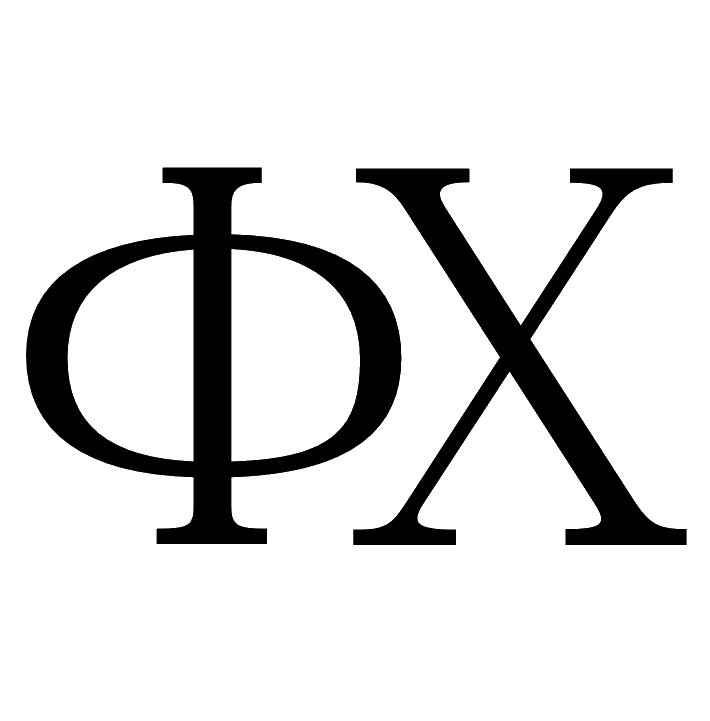Computer simulation of structuring Ag-Cu nanoparticles
A.A. Cherepovskaya, D.A. Ryzhkova
Katanov Khakass State University
DOI: 10.26456/pcascnn/2023.15.614
Original article
Abstract: In this work, computer simulation of the processes of formation of the internal structure of plasmonic Ag-Cu nanoparticles was carried out. Method of molecular dynamics based on the tight binding potential was used. The crystallization of Ag-Cu nanoparticles with a diameter of 2,0-8,0 nm with an atomic copper content ranging from 10 to 50% was simulated. To remove thermal energy, an Andersen thermostat was used with three different cooling rates ΔT/Δt = 30∙1011, 12∙1011, 5∙1011 K/s. The possible structural transitions arising in this case were determined using the radial distribution function and the change in potential energy. To determine the most stable cluster structure, an ensemble of nanoparticles of the same size was taken. Then, using the visualizers OVITO and xmakemol, the real appearance and structure of the studied nanoparticles were found. In the course of the simulation, it was found that at low levels of copper doping in Ag-Cu nanoparticles, the formation of five-particle symmetry is possible. The conditions for the occurrence of this effect were fixed. It was also determined that D = 8,0 nm for Ag-Cu nanoparticles is the size limit, starting from which the macroscopic effect of stabilizing the fcc structure of the eutectic alloy appears under the condition of very fast sample quenching.
Keywords: nanoclusters, silver, copper, crystallization, structure, computer simulation, tight binding
- Arina A. Cherepovskaya – 5th year student, Department of Mathematics, Physics and Information Technology, Katanov Khakass State University
- Daria A. Ryzhkova – 3rd year postgraduate student, Senior Lecturer, Department of Mathematics, Physics and Information Technology, Katanov Khakass State University
Reference:
Cherepovskaya, A.A. Computer simulation of structuring Ag-Cu nanoparticles / A.A. Cherepovskaya, D.A. Ryzhkova // Physical and chemical aspects of the study of clusters, nanostructures and nanomaterials. — 2023. — I. 15. — P. 614-621. DOI: 10.26456/pcascnn/2023.15.614. (In Russian).
Full article (in Russian): download PDF file
References:
1. Bochicchio D., Ferrando R., Panizon E., Rossi G. Structures and segregation patterns of Ag-Cu and Ag-Ni nanoalloys adsorbed on MgO(001), Journal of Physics: Condensed Matter, 2016, vol. 28, no. 5, art.no. 064005, 13 p. DOI: 10.1088/0953-8984/28/6/064005.
2. Araujo T.P., Quiroz J., Barbosa E.C.M., Camargo P.H.C. Understanding plasmonic catalysis with controlled nanomaterials based on catalytic and plasmonic metals, Current Opinion in Colloid & Interface Science, 2019, vol. 39, pp. 110-122. DOI: 10.1016/j.cocis.2019.01.014.
3. Qian K., Sweeny B.C., Johnston-Peck A.C. et. al. Surface plasmon-driven water reduction: gold nanoparticle size matters, Journal of the American Chemical Society, 2014, vol. 136, issue 28, pp. 9842-9845. DOI: 10.1021/ja504097v.
4. da Silva A.G.M., Rodrigues T.S., Wang J. et. al. The fault in their shapes: investigating the surface-plasmonresonance-mediated catalytic activities of silver quasi-spheres, cubes, triangular prisms, and wires, Langmuir, 2015, vol. 31, issue 37, pp. 10272-10278. DOI: 10.1021/acs.langmuir.5b02838.
5. Kim S. J., Stach E. A., Handwerker C. A. Fabrication of conductive interconnects by Ag migration in Cu–Ag coreshell nanoparticles Applied Physics Letters, 2010, vol. 96, issue 14, pp. 144101-1-144101-3. DOI: 10.1063/1.3364132.
6. Panizon E., Bochicchio D., Rossi G., Ferrando R. Tuning the structure of nanoparticles by small concentrations of impurities, Chemistry of Materials, 2014, vol. 26, issue 11, pp. 3354-3356. DOI: 10.1021/cm501001f.
7. Rapallo A., Rossi G., Ferrando R. et al. Global optimization of bimetallic cluster structures. I. Sizemismatched Ag-Cu, Ag-Ni, and Au-Cu systems, The Journal of Chemical Physics, 2005, vol. 122, issue 19, pp. 194308-1-194308-13. DOI: 10.1063/1.1898223.
8. Gromov D.G., Pavlova L.M., Savitskii A.I., Trifonov A.Y. Investigation of the early stages of condensation of Ag and Au on the amorphous carbon surface during thermal evaporation under vacuum, Physics of the Solid State, 2015, vol. 57, issue 1, pp. 173-180. DOI: 10.1134/S1063783415010126.
9. Gromov D.G., Pavlova L.M., Savitsky A.I., Trifonov A.Y. Nucleation and growth of Ag nanoparticles on amorphous carbon surface from vapor phase formed by vacuum evaporation, Applied Physics A, 2015, vol. 118, issue 4, pp. 1297-1303. DOI: 10.1007/s00339-014-8834-0.
10. Dubkov S.V., Savitskiy A.I., Trifonov A.Yu. et.al. SERS in red spectrum region through array of Ag–Cu composite nanoparticles formed by vacuum-thermal evaporation, Optical Materials: X, 2020, vol. 7, art.no. 100055, 9 p. DOI: 10.1016/j.omx.2020.100055.
11. Stukowski A. Visualization and analysis of atomistic simulation data with OVITO – the open visualization tool, Modelling and Simulation in Materials Science and Engineering, 2010, vol. 18, issue 1, pp. 015012-1-015012-7. DOI: 10.1088/0965-0393/18/1/015012.
12. XMakemol - A program for visualizing atomic and molecular systems. Available at: www.url: https://manpages.ubuntu.com/manpages/bionic/man1/xmakemol.1.html (accessed 15.05.2023).
